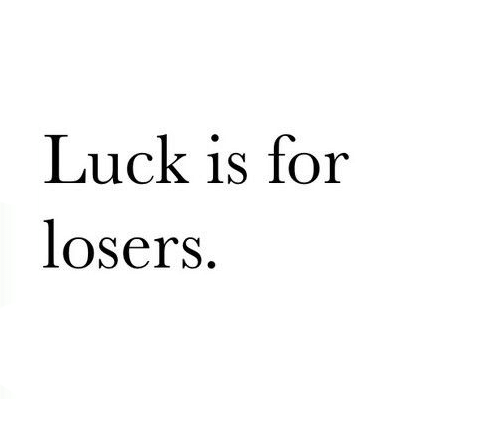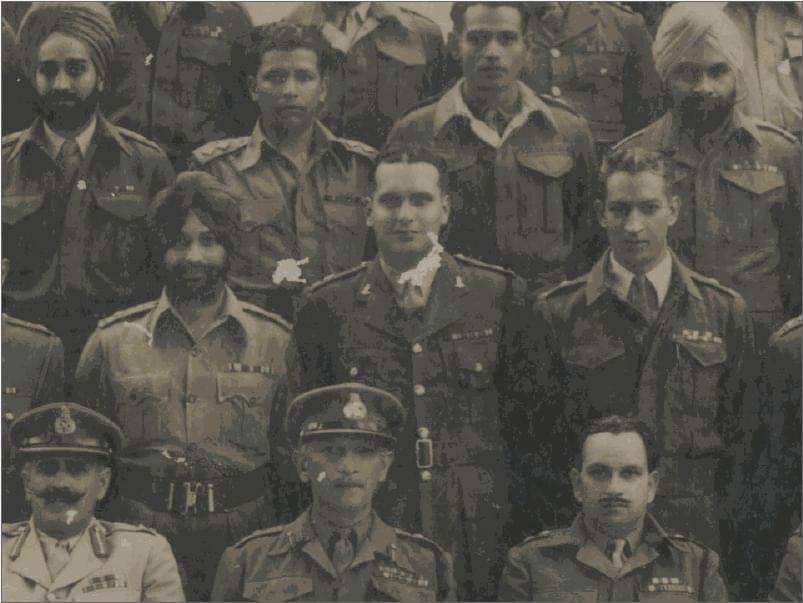Not every trade works out for me. Far from it! I lose half the time. But EVERY trade is a good play at the time, because my risk is always a fraction of my likely reward. And that's the secret... I always get odds on my money. In trading, that's the definition of a "good choice."
In any performance business the bottom line is winning, hitting the goal, getting the job done. Winners do what they have to do to win. Losers make excuses why they didn't perform. A way to win and a way to lose ALWAYS exists. It's a matter of the quality of the choices we make. pic.twitter.com/RXvu4o4FBC
— Mark Minervini (@markminervini) April 15, 2021





















